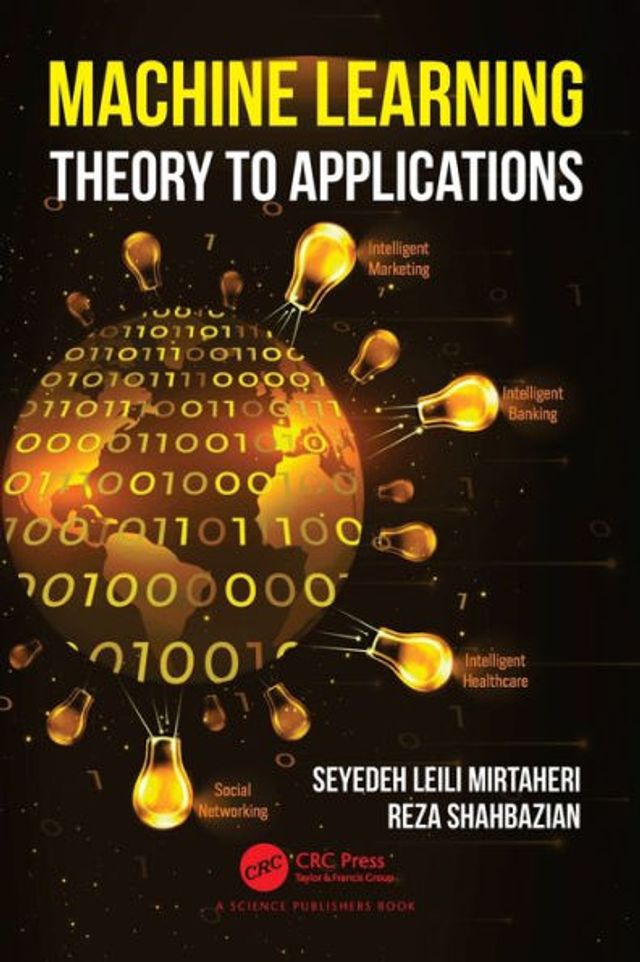Home
The Librarian's Guide to Learning Theory: Practical Applications in Library Settings
Barnes and Noble
The Librarian's Guide to Learning Theory: Practical Applications in Library Settings
Current price: $54.99


Barnes and Noble
The Librarian's Guide to Learning Theory: Practical Applications in Library Settings
Current price: $54.99
Size: OS
Loading Inventory...
*Product information may vary - to confirm product availability, pricing, shipping and return information please contact Barnes and Noble
This book will help library and information professionals better understand how people learn in order to improve support for instruction in their library.
From book clubs to media facilities, libraries support learning in numerous ways. In this accessible handbook, Medaille unchains the field of learning theory from its verbose and dense underpinnings to show how libraries can use concepts and principles to better serve the needs of their users.
Readers will discover:
concrete ways to improve library instruction, spaces, services, resources, and technologies
succinct overviews of major learning theories drawn from the fields of psychology, education, philosophy and many more
summaries of the most relevant aspects of each theory and instructional methods, showing how the various theories interact and support each other.
This book will be useful for library and information professionals seeking to better understand their community and service users.
From book clubs to media facilities, libraries support learning in numerous ways. In this accessible handbook, Medaille unchains the field of learning theory from its verbose and dense underpinnings to show how libraries can use concepts and principles to better serve the needs of their users.
Readers will discover:
concrete ways to improve library instruction, spaces, services, resources, and technologies
succinct overviews of major learning theories drawn from the fields of psychology, education, philosophy and many more
summaries of the most relevant aspects of each theory and instructional methods, showing how the various theories interact and support each other.
This book will be useful for library and information professionals seeking to better understand their community and service users.


















